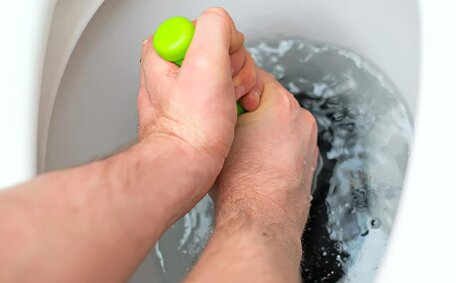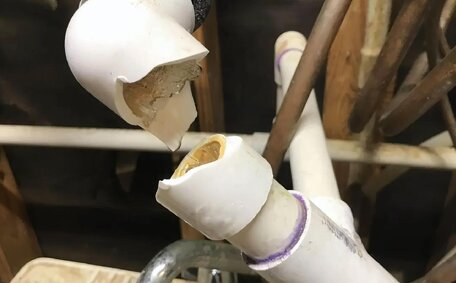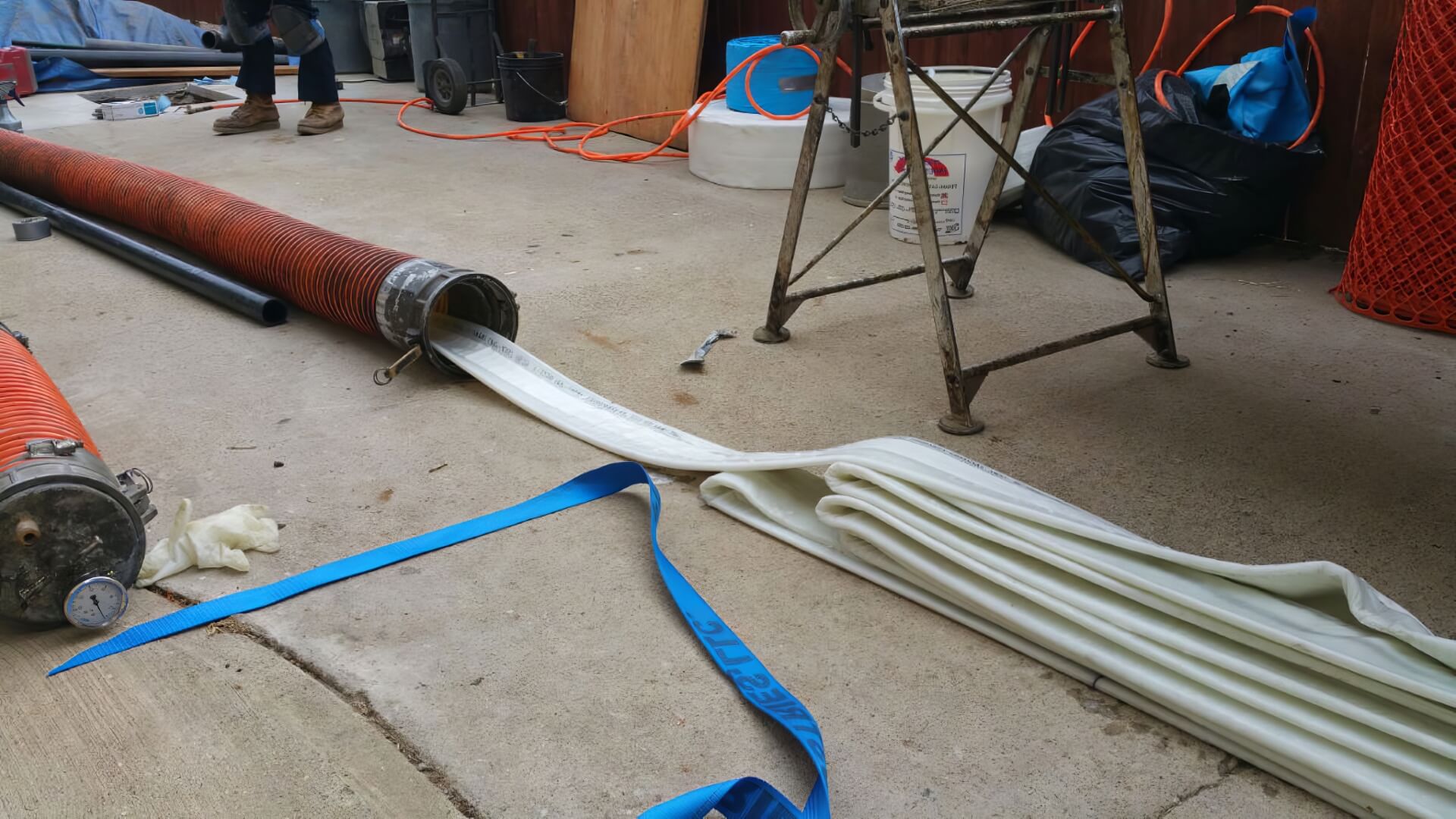Why Insulate Your Hot Water System?
Insulating your hot water system is crucial for optimising energy efficiency and cost savings. By wrapping pipes, tanks, and heaters in insulating materials, heat is trapped within the system rather than escaping into the surrounds. This means less energy is required to get the water up to the desired temperature.
Insulation works by creating a barrier between the hot water system components and the outside air. Heat flows naturally from hot to cold areas, so insulation minimises this transfer of warmth. With less heat lost, the water stays hotter for longer without needing as much re-heating.
Going without insulation leads to substantial wasted energy as heat radiates out from your hot water system. You may find pipes become hot to touch a fair distance from the heater. Insulating water pipes halts this wayward heat dispersal so temperatures can be accurately controlled.
As well as efficiency perks, insulation protects components from temperature fluctuations that can damage equipment. It can also prevent hazards like exterior pipe sweating in humid weather. Overall, insulation optimises system functionality on multiple fronts.
Improving Efficiency and Performance
Installing insulation greatly enhances the efficiency and performance of your hot water system. Insulating exposed pipes prevents conductive heat loss so water stays hotter for longer between the heater and outlets. Maintaining higher temperatures with less reheating slashes energy use.
Analysis shows gas-fired storage water heaters lose up to 75% of their standby heat through the tank surface. Insulating cuts this wasted energy by impeding heat transfer to the surroundings. Similarly, insulating electric resistance cylinders improves efficiency by minimising standby losses.
Aside from limiting standby losses, insulation results in superior performance by enabling precise temperature regulation. Preventing unwanted heat dispersal grants greater control and responsiveness when it comes to heating elements or burners switching on and off.
The higher water temperatures and accuracy achieved by insulation also translate to improved delivery performance. Insulated pipes reduce cooling during transportation so tap and shower flows reach the desired warmth without excessive wastage down the drain while temperatures stabilise.
Boosted efficiency lowers energy consumption and running costs, while enhanced performance provides confidence in your hot water system’s ability to meet demand. Properly installed insulation leads to substantial energy savings year-round while allowing your system to operate at its peak.
Lowering Energy Use and Costs
Insulating your hot water system directly lowers energy use and slashes running costs. Analysis shows gas storage heaters fitted with a water heater insulation blanket use around 10% less energy than an uninsulated system.
Likewise, insulating electric hot water systems reduces power consumption. Simply wrapping a 170 litre electric cylinder alone can save over 500 kWh annually - equivalent to around $150 off your energy bill.
With less heat escaping, insulation enables lowering your water heater’s thermostat temperature while still receiving adequately hot water. Each 10°F reduction can conserve up to 500 kWh per year without comfort compromise.
By maintaining higher temperatures and minimising heat-up cycles, insulation protects heaters from overworking so equipment lasts longer before needing replacement.
For homeowners, insulation delivers appreciable savings and enhances the effectiveness of your hot water system. The upfront expense is recouped over time through increased efficiency and potential rebates for installing insulation.
Maintaining Desired Temperatures
A key benefit of insulation is maintaining your hot water system at steady temperatures without excessive reheating. Insulated pipes and cylinders conserve heat so water stays hotter for longer before cooling.
This means heaters don’t need to fire up as often to restore heat lost through system components. Keeping water consistently warm reduces unit cycling that can cause damaging temperature spikes.
Insulation grants greater temperature stability and accuracy by acting as a thermal barrier. Properly insulated hot water pipes only heat when necessary to top up temperatures, not simply offset ambient cooling.
As well as energy savings, this prevention of temperature fluctuation protects equipment. Fewer extreme hot and cold cycles elongates the operating life of heaters, valves and electronics.
Ongoing insulation integrity should be confirmed during annual services to sustain efficiency. Check for damage, gaps or moisture compromise that may lower insulating properties over time.
Minor degradation can be rectified by patching fraying jackets or replacing removable blankets. However significant damage may warrant full reinsulation to assure optimal stability and performance.
Types of Insulation Materials
There are several common insulation types used for hot water systems, each with unique properties to suit different needs:
Pipe Insulation
Foam: Closed-cell foam pipe insulation comes as tubing slit along the side to wrap around pipes. The tubing has an adhesive strip to seal the slit. Foam offers excellent insulation, resists moisture and is easy to install.
Fibreglass: Fibreglass pipe wrap insulation comprises a plastic-film outer sleeve filled with fibreglass material. It insulates effectively though lacks durability and moisture resistance of foam.
Water Heater Insulation
Blankets: Removable insulated water heater blankets are commonly fibreglass or foam. They fully enclose tanks with a velcro-style closure flap and rim straps. Good for retrofitting existing heaters.
Vinyl Shells: Rigid vinyl insulation shells slip around the entire water heater then lock together. Vinyl offers superb insulation but full shells require water heater accessibility.
Pipe Lagging
Insulating pipes transporting heated water with an exterior lagging jacket or wrap is termed pipe lagging. This is highly effective at reducing unwanted heat loss across the length of hot water delivery plumbing.
Studies show uninsulated pipework can lose 50-70% of the heat from water as it journeys between your water heater and taps. Thicker pipe insulation vastly cuts this wasted warmth and related energy costs.
It’s recommended to insulate at least the first 3 feet of pipework from your hot water system. This section endures the greatest temperature differential to ambient air, making it most prone to surface heat dissipation.
Insulating here retains more warmth immediately as the water exits the heater. This means delivered flows don’t cool as rapidly and heater switch-ons to restore set temperatures are less frequent. Lagging also improves delivery performance.
Pipe lagging is straightforward to self-install around new or existing plumbing using slit tubes or wraps of insulation secured with adhesive or clasps. High quality products provide a durable moisture barrier and reliable long-term thermal protection.
Lagging is highly affordable yet yields substantial efficiency perks through better heat retention and lowered standby losses. Upfront costs typically pay for themselves within a year through reduced heating and usage.
Tank Jackets
Tank jackets are insulated covers designed to wrap around hot water storage cylinders, adding an extra layer of insulation over built-in material.
While modern storage tanks feature foam insulation between inner and outer steel shells, older units lack sufficient insulation by current standards. Fitting an insulated tank jacket significantly improves energy efficiency.
Testing shows jackets can reduce standby heat losses by up to 25% for electric cylinders and 15% for gas storage systems. This equates to considerable annual savings - over 500 kWh for an electric heater.
Jackets are straightforward to install around existing tanks. Their thickness compensates for heat escape through the tank walls, while still allowing access to valves and connections.
For maximised savings, electric cylinders benefit from a 40-80mm thick jacket. Opt for at least 25mm thickness for gas water heaters. This extra insulation barrier retains more free heat and reduces heater operation time.
Tank jackets present an easy retrofit for deficient insulation in ageing systems. Their addition often delivers a swift return on investment through increased efficiency and lower heating expenses.
Installing Insulation
Insulating a domestic hot water system is a straightforward DIY task with the right preparation and materials. However for larger or complex systems, a professional installation is recommended.
Safety should be the number one priority. Ensure all electrical and gas supply is safely isolated before commencing work. Refer to local regulations regarding electrical and plumbing compliance requirements.
DIY Installation Tips
For simple insulating jobs, gather these materials:
- Insulation tubing, tape or blankets
- Measuring tape
- Sharp scissors or insulation cutter
- Adhesive, clips or fasteners
Key steps include:
- Measure all areas needing insulation like pipes, fittings, valves, tanks.
- Cut insulation to suit each component with neat joins.
- Fix insulation securely without gaps using adhesive, straps or clasps as appropriate.
- Insulate any previously covered sections last.
- Ensure insulation does not contact flues or prevent service access.
Professional Approach
Plumbers undertake more advanced insulation projects by:
- Completely isolating water and energy supplies.
- Removing cladding or covers to access all pipework.
- Using lifting equipment for tank insulation.
- Applying tested, tagged and compliance-approved materials.
- Conducting temperature and pressure safety checks.
While requiring greater skills and equipment, professional installation assures correct safe application of insulation for reliable, efficient system performance.
Safety Considerations
When installing insulation around hot water systems, safety must be the top priority. Take these key precautions:
- Keep insulation well clear of gas water heater flues to prevent fire risk or carbon monoxide poisoning.
- Check insulation ratings are suitable for hot water temperatures up to at least 90°C.
- Replace damaged or degraded insulation that may leak hot water.
- Ensure insulation does not impede access to drains, valves or service panels.
- Use caution when working around hot pipes - allow systems to fully cool before insulating.
- Comply with all relevant electrical and plumbing safety standards per local regulations.
- Consider professional assistance for complex or risky insulation tasks.
Exercising caution and diligence when insulating domestic or commercial hot water systems assures safety for occupants, workers and equipment.
Step-by-Step Process
Follow this step-by-step guide for properly installing insulation on your hot water system:
- Switch off the hot water system and allow components to fully cool before handling to prevent burns.
- Thoroughly measure and cut insulating materials to suit the dimensions of each pipe, tank and accessory needing coverage.
- Clean all surfaces where insulation will have contact to maximise adhesion and performance.
- Securely wrap cold water inlet and outlet pipes from the top down with insulation tubes and tape seams tightly.
- Insulate the hot water outlet pipe from the heater using appropriate thickness lagging or foam.
- Fit water heater blankets or jackets, ensuring valve and electrical access is maintained.
- Affix warning labels regarding insulation presence to service panels.
- Use fasteners on tank insulation without adhesive properties to enable safe removal.
- Check all insulation for snug fit without gaps or protruding seams and edges.
- Reinstate water supply and electrical connections before testing safe system functionality.
Following these key steps helps guarantee insulation is installed correctly for optimal efficiency and safety.
Additional Energy Saving Tips
Aside from insulation, several other simple measures can dramatically cut your hot water system’s energy use:
Lower the Thermostat
Turn down your water heater’s thermostat in increments of 5-10°F. Install insulation first so you still get sufficiently hot water despite the lower temperature setting.
Heat Water As Needed
Set timers to only heat water during peak demand periods rather than constantly. Programmable controllers help optimise heating schedules.
Upgrade Old Equipment
Replace aged, inefficient systems with new energy-saving models to slash consumption. Modern technology and design reduces heat losses.
Strategic Positioning
Situate systems close to outlets with short pipe runs to save water and heat. Protect outdoor units from weather exposure which can increase heat demand.
Simple adjustments like these, teamed with proper insulation, garner dramatic energy savings for minimal outlay.
Water Conservation Methods
Insulating hot water systems doesn’t just save energy, it also promotes water conservation. Preventing heat loss keeps water hotter for longer, so less gets wasted down the drain waiting for temperatures to stabilise.
Further water efficiencies can be achieved by:
Installing Flow Restrictors
Fitting tap aerators and showerhead flow restrictors limits water volumes without compromising performance. Simple DIY modifications saving up to 50% of water usage.
Fixing Leaks
One dripping hot tap can waste over 500 litres per month. Promptly repairing leaks preserves water and reduces heating required for replacement flows.
Condensation Water Capture
Collecting condensed water from insulation yields perfectly clean hot fluid ideal for uses like cleaning. This technique reuses heat energy that would otherwise disperse.
Embracing insulation and modifications maximises sustainability. Such measures align with responsible water usage goals in Australia’s driest inhabited continent.






